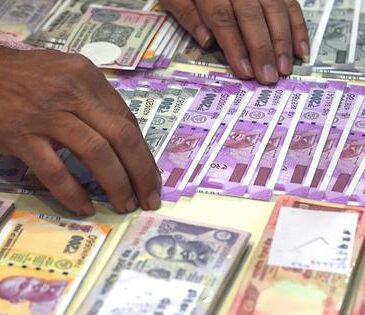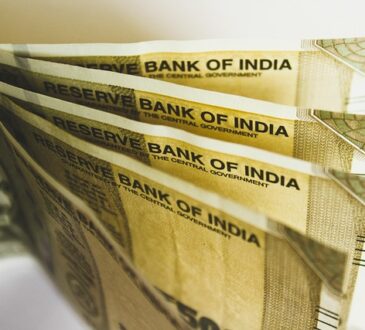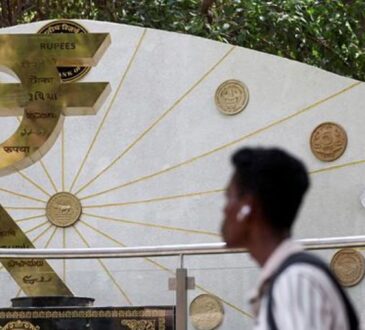
However, export volumes will be flat because of higher tariffs expected to be imposed by the US and subdued demand in key importer nations as sluggish economic growth affects disposable incomes
| Photo Credit:
BALACHANDAR L
Indian shrimp exporters will see a marginal 2-3 per cent uptick in revenues this fiscal on improved realisations stemming from rising prices and currency gains.
However, export volumes will be flat because of higher tariffs expected to be imposed by the US and subdued demand in key importer nations as sluggish economic growth affects disposable incomes, according to CRISIL Ratings.
The operating margins will be under pressure because the tariff burden will be passed on only partially and gradually, as seen in the past, even as exporters scout for other markets and improve offerings through value addition.
Credit profiles will continue to face challenges as elongated working capital cycles induce further recourse to credit lines that, in turn, would moderate debt protection metrics. However, the capital structures are expected to remain comfortable, CRISIL Ratings said based on the analysis of 63 shrimp exporters that account for about 55 per cent of the industry revenues.
Global shrimp demand
Global shrimp demand has flatlined at around 4 million tonne over the past few fiscals and will likely remain subdued this fiscal, too. That is because of muted economic growth in the key importing regions, such as the US, the European Union and China impacting consumer spending.
Indian exporters have around a fifth of the global market share as of now, while domestic production is seen flat at 1.2 million tonnes due to non-remunerative global prices impacting shrimp culture and growth, this fiscal.
India exports close to 48 per cent of its produce to the US. The reciprocal tariffs announced by the US, though paused for the time being, will benefit south American exporters such as Ecuador, the largest shrimp exporter in the world. Indian exporters will face higher competition from them in the raw frozen and peeled frozen categories, which have low value addition and are less remunerative.
Himank Sharma, Director, Crisil Ratings said, “Last fiscal, the waters turned choppy for Indian shrimp exporters as prices and competition increased after a countervailing duty of 5.77 per cent was slapped by the US. This fiscal, with the US imposing reciprocal tariffs — even as other major markets such as the European Union and China see sluggish economic activity — exporters will likely see flattish demand. But as realisations tick up, overall growth in revenues should be in low single digit this fiscal.”
Though the low-value-added shrimp exports will likely see increased pressures, Indian exporters have a competitive advantage in the value-added segment over other Asian peers, such as China, Vietnam, Thailand and Indonesia, which face higher tariffs but enjoy over one-third market share in the US. The value-added products currently account for only around 10 per cent of total Indian exports, but this could increase to 15-17 per cent over the next 2-3 years with the tariff benefit. Despite the increase in the share of value-added products, limited volume growth and tariff impact will cut the profitability of shrimp exporters by a significant 50-60 basis points (bps) this fiscal to 6.5-6.7 per cent — that’s after falling 70 bps last fiscal.
Also, working capital cycles may stretch as collections and inventory are likely to increase amid demand pressures. This will result in additional working capital debt being contracted by the sector even as long-term debt is added for capital expenditure on value-added products, while capacity utilisation remains moderate, CRISIL Ratings said.
Nagarjun Alaparthi, Associate Director, Crisil Ratings said, “Despite rising debt, the capital structures of shrimp exporters will remain healthy. However, reducing profitability and higher interest cost on working capital and long-term debt will lead to moderation in the interest coverage ratio. Gearing is expected to be comfortable at around 0.5 time as on March 31, 2026, as against 0.46 time as on March 31, 2025, while the interest coverage ratio is likely to moderate to about 4.3 times in fiscal 2026 from 4.8 times last fiscal, as profit margins reduce.”
Published on May 30, 2025




